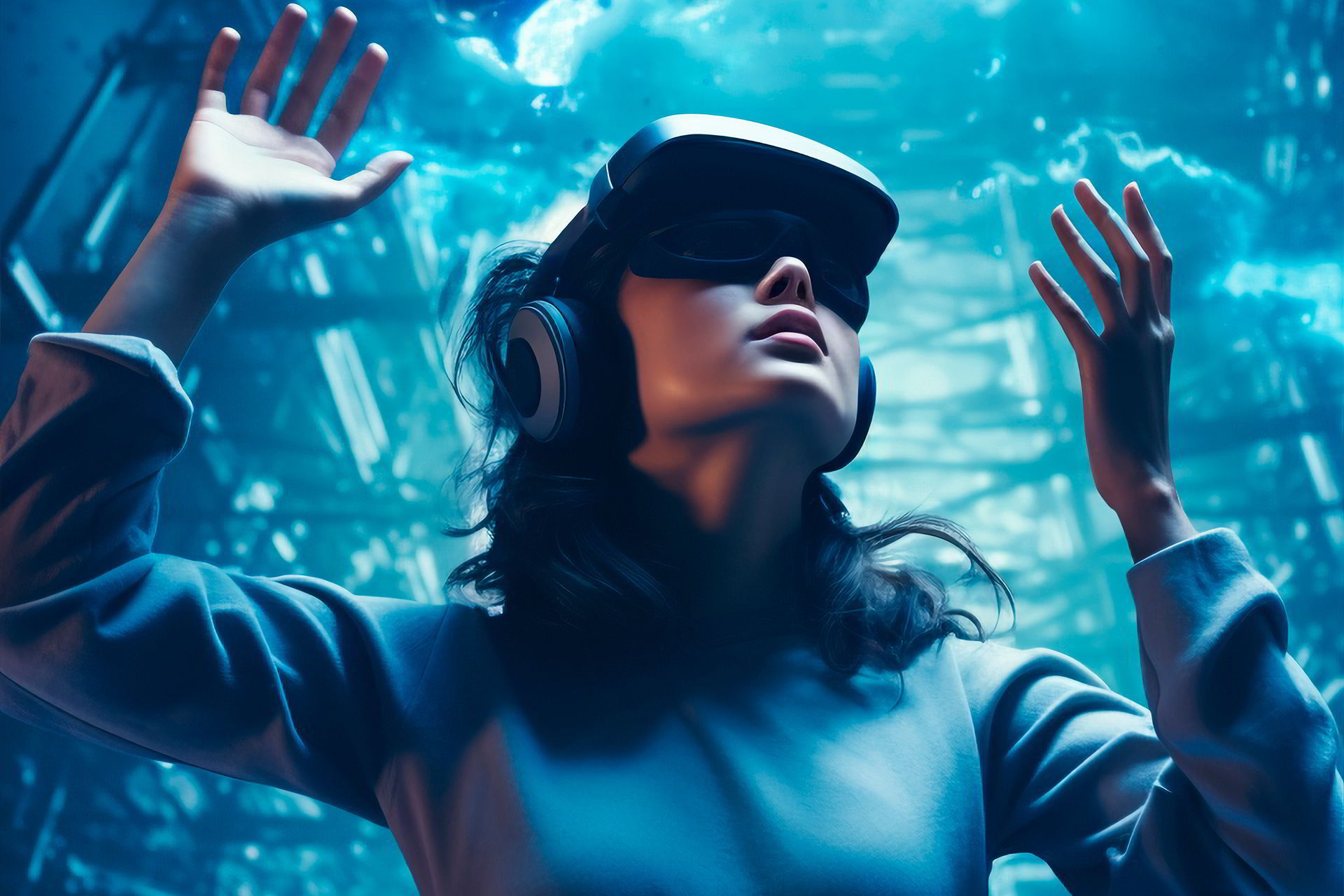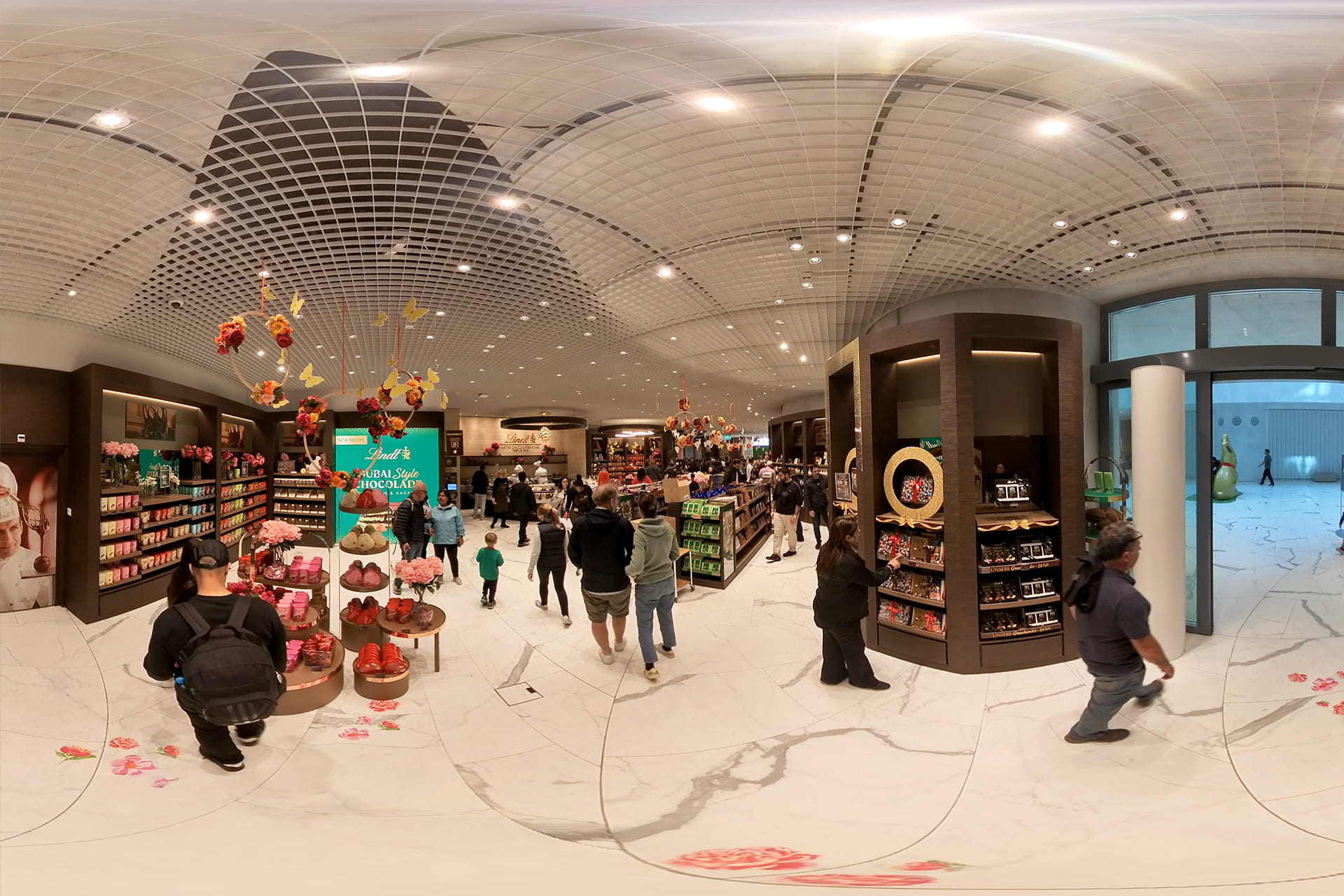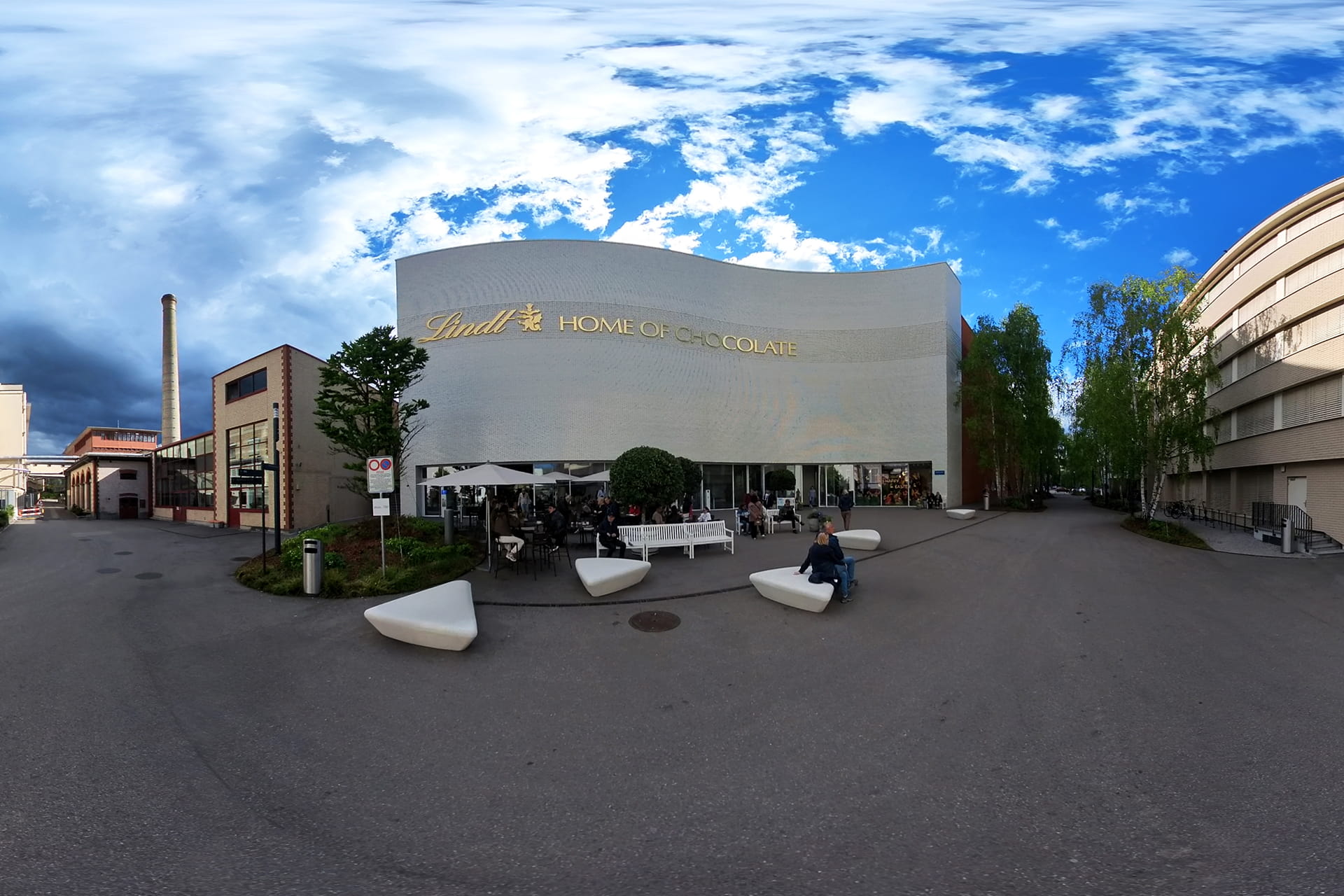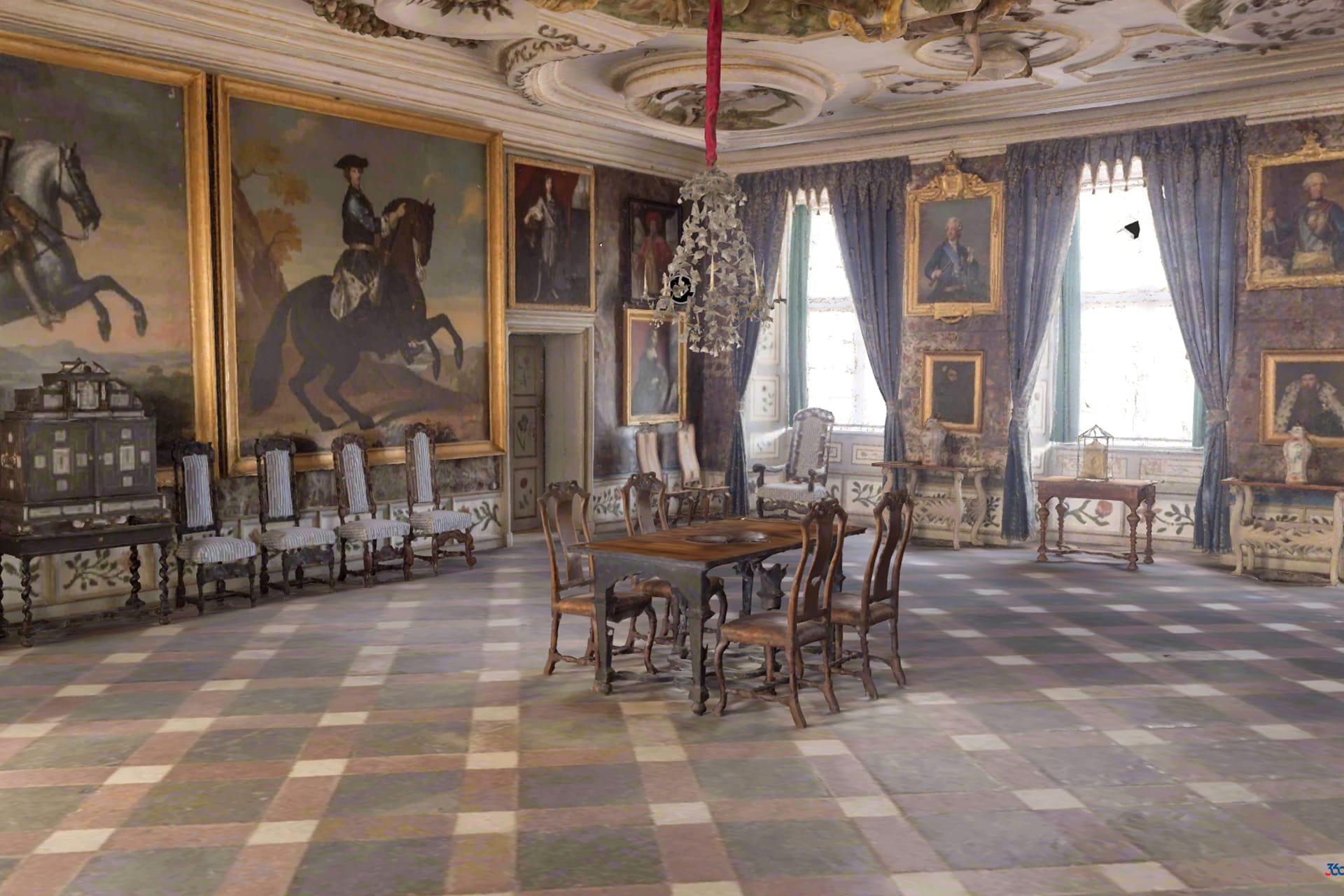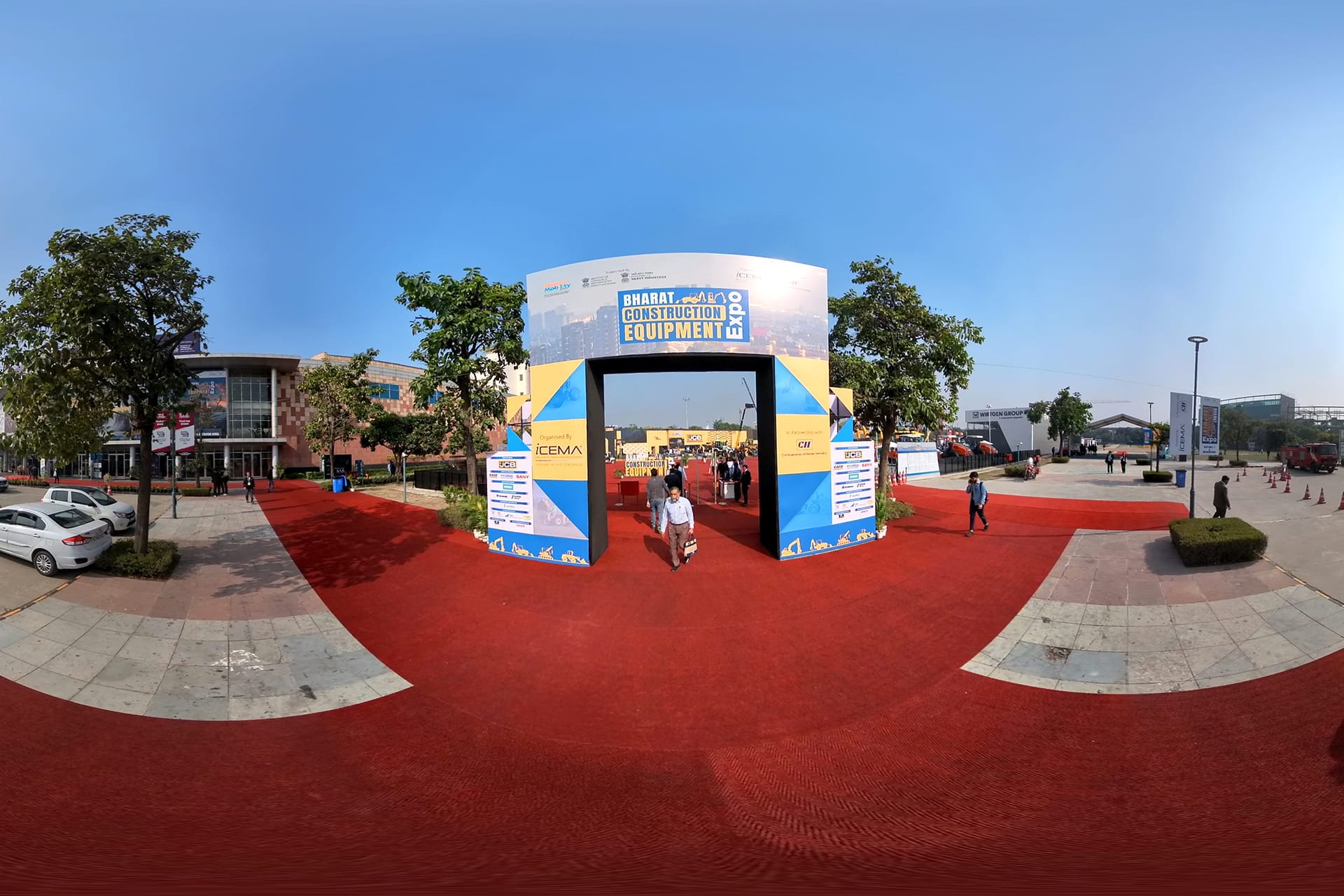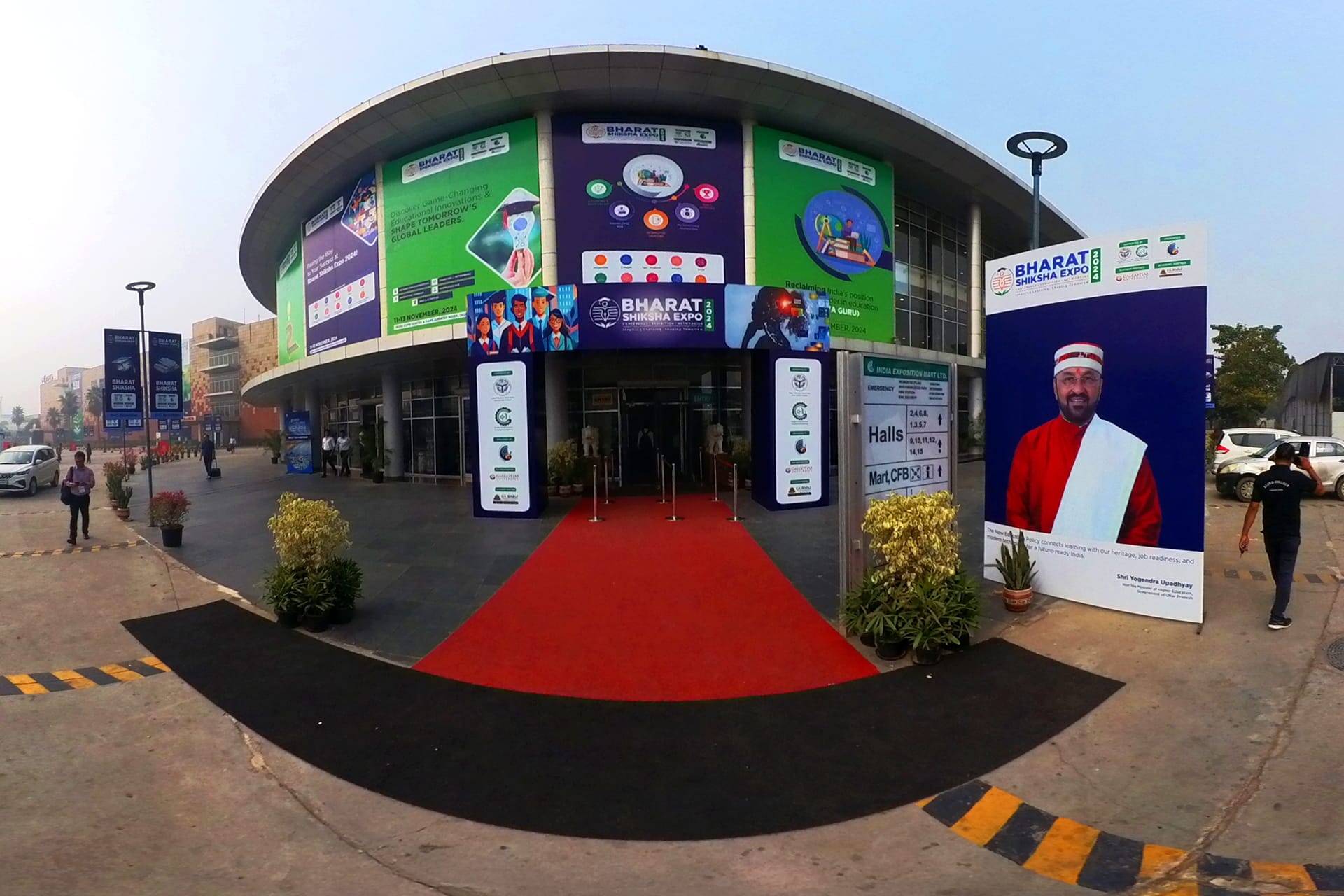The Future of Virtual Reality: Trends in 360 Virtual Tour Technology
Virtual Reality (VR) is no longer a concept of the future; it is an evolving technology that is revolutionizing the way we interact with the world around us. One of the most compelling applications of VR technology today is in 360 virtual tours. These immersive experiences are changing the landscape of industries such as real estate, education, tourism, and retail, allowing users to explore spaces in ways that were previously unimaginable. But what does the future hold for 360 virtual tour technology? Let’s explore some of the emerging trends that are shaping the future of this exciting field.
1. Integration with Augmented Reality (AR)
One of the most promising trends in 360 virtual tour technology is the integration of VR with Augmented Reality (AR). While VR offers a completely immersive experience by placing users in a virtual environment, AR overlays digital elements onto the real world. The combination of VR and AR, often referred to as Mixed Reality (MR), is set to provide even more interactive and engaging virtual tours. Imagine taking a virtual tour of a historical site where AR overlays provide additional information, animations, or even reconstructions of the past. This technology could revolutionize educational tours, making learning more interactive and engaging.
2. Enhanced User Interactivity and Personalization
The future of 360 virtual tours is geared towards creating more personalized experiences for users. Advanced algorithms and machine learning are being used to understand user behavior and preferences, allowing virtual tours to adapt in real-time. This means that users could soon have the ability to customize their virtual tour experience based on their interests, whether it’s focusing on specific rooms in a real estate listing, exploring certain exhibits in a museum, or checking out different amenities in a hotel.
3. Improved VR Hardware and Accessibility
As VR hardware continues to evolve, the quality and accessibility of 360 virtual tours are set to improve significantly. Next-generation VR headsets are becoming lighter, more comfortable, and more affordable, making them accessible to a broader audience. With higher resolution displays and improved motion tracking, these headsets will offer more realistic and immersive virtual tour experiences. Additionally, advancements in mobile VR technology are enabling users to access high-quality virtual tours directly from their smartphones, further expanding the reach of this technology.
4. Real-Time 360 Video Streaming
Real-time 360 video streaming is another trend that is set to transform virtual tour technology. This advancement allows users to participate in live events or experiences from anywhere in the world. Whether it’s a live concert, a sports event, or a virtual open house for a real estate property, real-time 360 streaming can provide users with a more engaging and dynamic experience. This technology is particularly beneficial for businesses looking to reach a global audience without the limitations of geographical boundaries.
5. Integration with Artificial Intelligence (AI)
Artificial Intelligence (AI) is playing a crucial role in enhancing 360 virtual tours. AI algorithms can analyze user interactions within a virtual tour to provide tailored content and recommendations. For example, in a virtual retail environment, AI could suggest products based on the areas of the store that a user has explored. Additionally, AI can automate the creation of virtual tours by stitching together 360 images and videos more efficiently, reducing the time and cost involved in producing high-quality virtual experiences.
6. Virtual Tours for Remote Work and Collaboration
The rise of remote work has increased the demand for virtual collaboration tools. 360 virtual tours are being adapted for virtual workplaces, allowing teams to collaborate in a shared virtual environment. This trend is particularly useful for industries like architecture, construction, and interior design, where teams can review and modify virtual models in real time. The future of virtual tours in this context includes more robust tools for communication and collaboration, enabling remote teams to work together as if they were in the same room.
7. Increased Use in Training and Simulation
Training and simulation are areas where 360 virtual tours are making a significant impact. Virtual tours provide a safe and controlled environment for training employees in various industries, from healthcare to aviation. The future will see more sophisticated simulations that can replicate complex scenarios and provide real-time feedback, enhancing the learning experience. For instance, medical students could use VR to practice surgeries in a risk-free virtual environment, while pilots could train in simulated flight conditions.
8. Advanced Analytics and Data Insights
As virtual tours become more sophisticated, the ability to gather detailed analytics and insights is also improving. Businesses can now track user interactions within a virtual tour, such as where users spend the most time, what they click on, and what path they take through the tour. This data can provide valuable insights into customer behavior and preferences, allowing businesses to optimize their marketing strategies and improve the user experience. The future of virtual tours will likely include even more advanced analytics tools, providing deeper insights and enabling more personalized experiences.
9. Greater Accessibility and Inclusivity
Making 360 virtual tours more accessible and inclusive is a growing focus for developers. This includes features like text-to-speech, closed captions, and customizable navigation controls to accommodate users with disabilities. By incorporating these accessibility features, virtual tours can be enjoyed by a wider audience, ensuring that everyone, regardless of ability, can experience and benefit from this technology.
10. Integration with Blockchain for Security and Verification
As virtual tours become a standard part of business operations, especially in real estate and high-value transactions, ensuring the authenticity and security of virtual content is becoming increasingly important. Blockchain technology can be integrated into virtual tour platforms to provide a secure, tamper-proof ledger of the tour’s creation and any modifications made. This could be particularly useful for industries like real estate, where a verified and secure virtual representation of a property can be crucial.
Conclusion
The future of 360 virtual tour technology is incredibly promising, with advancements in VR hardware, AI integration, real-time streaming, and personalized experiences set to redefine the boundaries of what is possible. As these trends continue to evolve, businesses across various sectors have the opportunity to leverage 360 virtual tours to engage their audiences, enhance customer experiences, and drive growth. By staying ahead of these trends, businesses can ensure they remain competitive in an increasingly digital world. Now is the time to explore how 360 virtual tours can benefit your business and prepare for the exciting future ahead.


